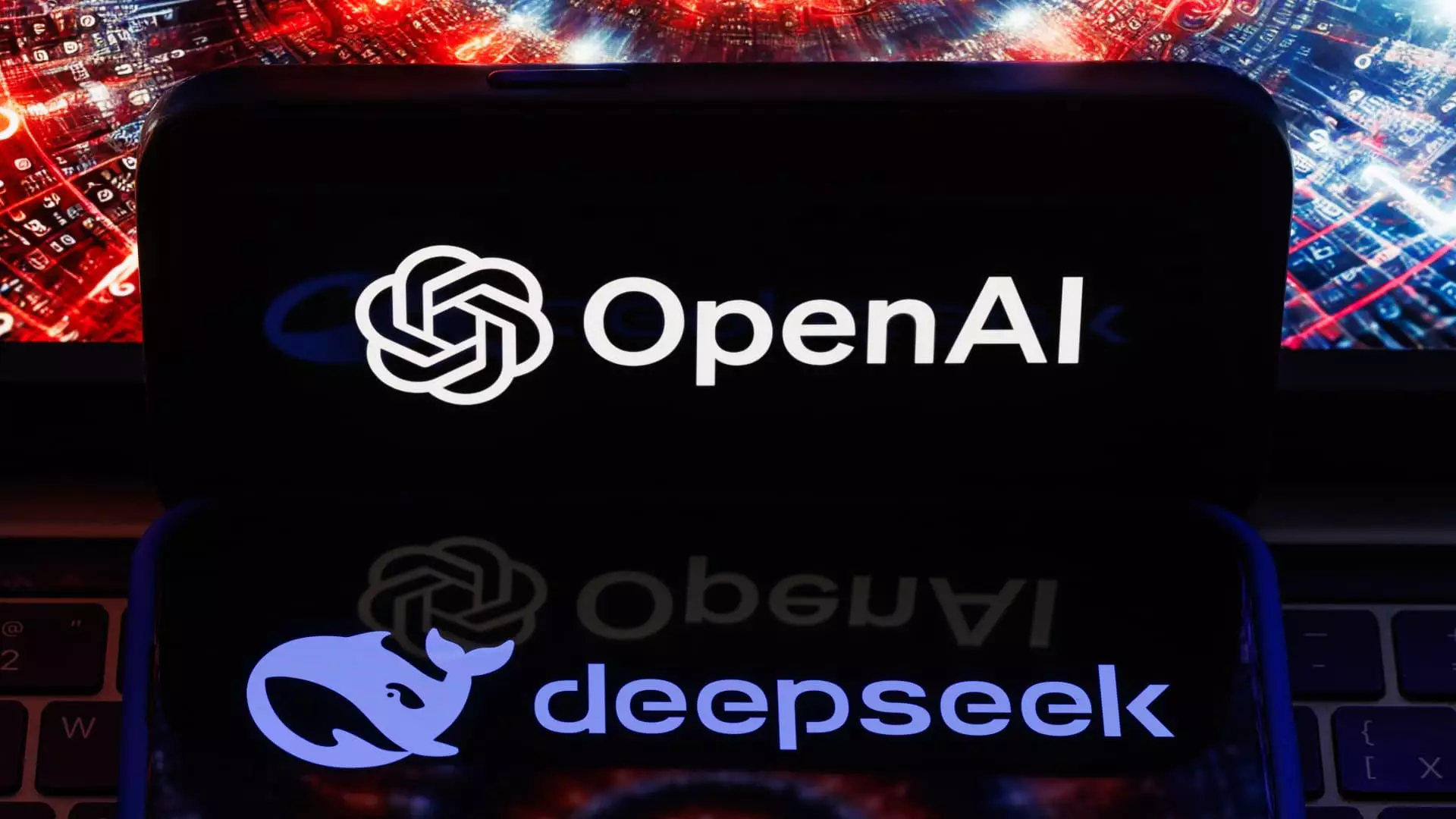As advancements in artificial intelligence transform the geopolitical landscape, new players in the field are rapidly altering perceptions of economic and technological supremacy. The latest breakthrough comes from DeepSeek, a Chinese AI lab whose recent performance has ignited national debates around competitiveness between the United States and China. This article delves into the implications of DeepSeek’s innovations, the prevailing reactions from industry experts, and what this means for the future of AI.
DeepSeek’s emergence as a significant contender in the AI arena highlights a critical shift in competitive dynamics. By announcing their new AI model, dubbed R1, DeepSeek showcased a remarkable ability to create sophisticated algorithms with considerably lower financial investment compared to American tech giants. Their reported training cost of under $6 million raises eyebrows against the backdrop of the billions typically spent by leading Western tech firms.
Key figures in the industry recognize this as a clarion call to reassess assumptions about China’s position in the global AI development race. Chris Lehane, OpenAI’s chief global affairs officer, referred to the situation as a “very real competition” between democratic and authoritarian technological frameworks—a sentiment echoed by many at the recent AI Action Summit in France.
While DeepSeek’s approach is disruptive, skepticism remains about the sustainability of their success. Many experts caution that the operational cost cited may not fully account for the underlying expenditures necessary to maintain such sophisticated AI systems.
The political undercurrents associated with DeepSeek’s narratives cannot be ignored. As noted, the AI model faces criticism for its apparent censorship of sensitive topics—most notably in discussions concerning pivotal historical events like the Tiananmen Square massacre. This aspect brings to light the ethical implications and governance of AI technologies created under differing political regimes.
Lehane further elaborated on this point, suggesting that the stakes of competition are more profound than mere technological races. He highlighted how these AI models reflect underlying political ideologies as much as they do technological innovations. Thus, while DeepSeek presents a credible competitor, the nature of its output raises unavoidable questions about the values encoded within its systems.
Despite apprehensions surrounding DeepSeek’s advancements, many industry insiders believe that the short-term threats to established American firms like OpenAI and Anthropic are limited. As Reid Hoffman, co-founder of LinkedIn, stated, while DeepSeek’s achievements challenge the status quo, the overarching influence of larger models remains paramount.
The general consensus is that even if DeepSeek’s models exhibit impressive performance, the established giants of the industry benefit from historical investments in foundational technologies that are not easily replicated. Critics claim that while DeepSeek may showcase greatness on paper, the reality of shifting operational workloads to this new model will not happen overnight.
Victor Riparbelli, CEO of Synthesia, stresses that actual operational shifts away from dominant players will be minimal, despite the buzz generated by DeepSeek’s innovations. This perspective challenges the notion that DeepSeek could reshape the market landscape imminently.
While the competition in AI has intensified, experts argue that it points to a more nuanced understanding of the competitive landscape. Abishur Prakash of The Geopolitical Business highlights the inadequacy of Western interpretations of China’s capabilities. The perception that the U.S. holds a unilateral technological advantage is becoming outdated, necessitating a reassessment of China’s accelerated progress in AI development.
The changes observed reflect years of investment and strategy that might not be immediately apparent to external observers. Prakash asserts that the evolving status quo should compel a reevaluation of how technological competition is understood—particularly as the gap between U.S. and Chinese capabilities narrows.
DeepSeek’s emergence as a formidable player in the AI realm serves as a reminder of the rapidly evolving landscape that characterizes global technological advancement. As the contours of competition shift, it becomes increasingly crucial for companies and governments alike to understand the implications of these developments.
While the immediate impact on the major players of the West may not signify an earthquake, it serves as an early warning. The dual forces of emerging competition from China and the ethical implications surrounding AI must guide strategic planning for future innovation. As the race to achieve superiority in AI technology intensifies, nations and enterprises must remain vigilant and adaptive to the shifting tides of the global tech landscape.

